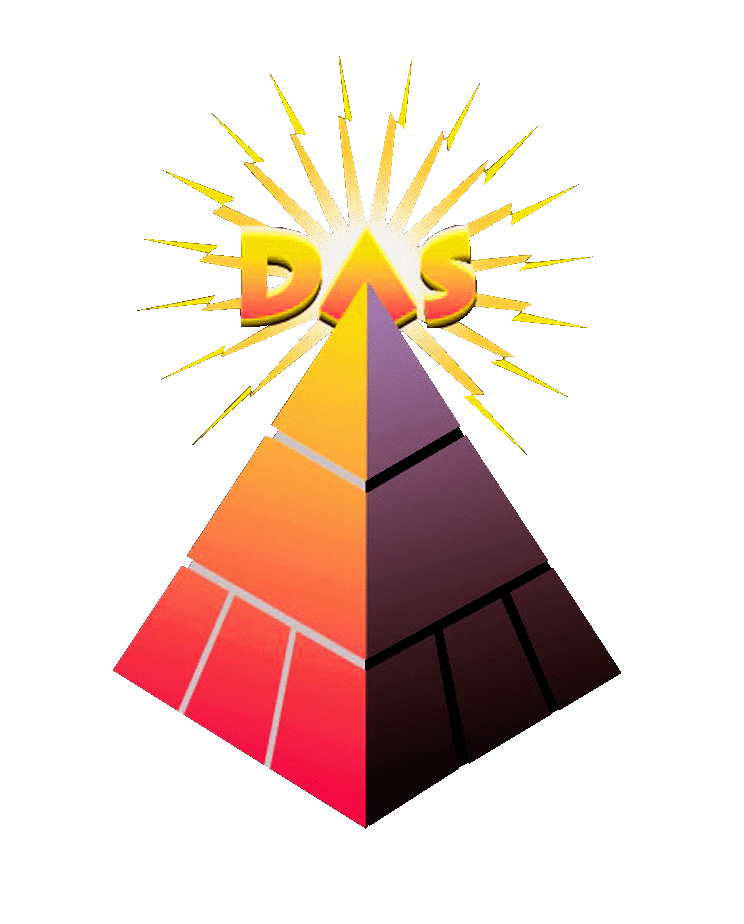FEMA/NFA - USDA/USFS
NATIONAL FIRE ACADEMY - UNITED STATES FOREST SERVICE
Since Spring 2000, Dynamic Animation Systems has been supporting the US Fire Administration in improving emergency responder training through the use of simulation and network technology. The first major tasks DAS undertook were to improve the infrastructure available to support network simulation development and delivery. DAS was able to achieve these improvements by migrating National Fire Academy (NFA) technology from aging specialty computer systems to inexpensive and easily supported PC platforms. The cost savings realized by this strategy resulted in higher fidelity simulations with fixed development costs and lower maintenance costs. DAS realized further efficiencies by adapting resident simulations to CD-ROM-based courses. This reuse of material enables more students to participate in, and benefit from, NFA’s programs. Ongoing efforts for this program include continuing to develop new training programs to use the improved infrastructure—as well as maintenance and general support functions—for the training system and infrastructure. As internet delivery mechanisms matured, DAS worked to develop truly interactive simulation training based on the courses offered at NFA, disseminating training even more widely at reduced additional cost.
As a byproduct of our partnering with the United States Fire Administration, the USDA’s Forest Service chose DAS to support their Wildland Firefighter training needs. To meet these needs, DAS developed a three-dimensional wild land fire-fighting training simulator. This training simulator provides a physically realistic fire propagation model based on fuel types, various environmental conditions, and terrain topology. This system consists of two or more networked PCs—one instructor’s console and various student workstations. The number of student workstations online for a given exercise is not limited and depends on the training need.
Instructors have complete network control over the simulation environment. For instance, they can affect fire propagation in real-time by changing environmental conditions such as wind speed and direction; instructors can also speed up or slow down the fire propagation based on student experience. Student actions and decision-making processes indirectly affect the environment by “calling in” resources to the instructor. The instructor then uses his network interface to affect changes to the environment. The students would then begin to see the results of their decision as the fire proceeds and is impeded by resources they applied. The entire simulation is recorded for after-action-review in the classroom.




